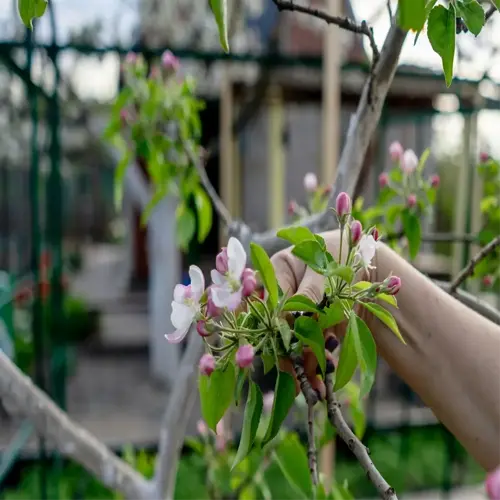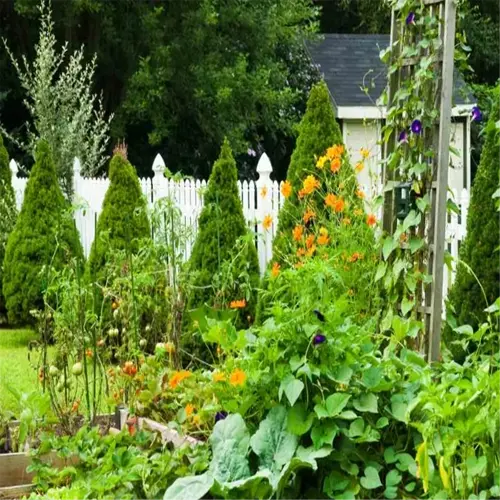How long do self-watering containers last?

Written by
Kiana Okafor
Reviewed by
Prof. Charles Hartman, Ph.D.Containers that self-water, last either years or decades depending on the materials and how the pots are looked after. In cold climates with frost, ceramic planters last longer than plastic. Left unprotected by the sea, stainless steel planters are also durable. The location in which you live and how often you water your plants can certainly affect the longevity of the self-watering container far more than the average price.
Ceramic/Concrete
- Withstand 15+ freeze-thaw cycles when sealed
- Prone to cracking if dropped or exposed to rapid temperature shifts
- Last 7-15 years with annual sealant applications
UV-Stabilized Plastic
- Resist fading and brittleness for 5-8 years
- Degrade faster in desert climates with intense sun
- Recycle codes 2 (HDPE) and 5 (PP) offer best durability
Fabric Grow Bags
- Biodegradable options last 1 season
- Synthetic felt versions survive 2-3 years with care
- Line with plastic to extend lifespan by 40%
Stainless Steel
- Rust-resistant grades like 304 last 10+ years
- Require silicone seals to prevent galvanic corrosion
- Avoid chloride-rich fertilizers near coastal areas
Ceramic pots are the king of cold climates! A client in Minnesota has used glazed ceramic planters for the past 12 years - they have survived winters down to -30F (-34C). A quick tip: place pots on a foam board so pans do not freeze to the ground, and potentially crack the bottom base. Each year consider using a sealant spray to fill the micro-cracks that occur with freezing.
When using UV-stabilized plastic, it will perform best if used in 30% shade cloth. A gardener in Arizona used solar screens to increase the life of plastic planters from three to seven years. Avoid using dark colors, they will absorb enough heat to reach 140°F (60°C) which will warp plastic quicker than lighter shades.
Seasonal maintenance is necessary with fabric-to-grow bags. Line the bags with 6-mil plastic during the rainy season to avoid soggy collapse. If you need to store the bags during the winter, brush the soil off, and then hang them vertically to prevent rodents from damaging the bags. Taking care of your bags can triple the usable seasons.
The durability of stainless steel accounts for its price. A marine-grade 316 steel material costs 2 times as much as a 304 grade; however, the marine grade is resistant to corrosion from salt spray. Applying car wax every three months will cover the microscopic pits that allow rust to begin forming. My systems that are closer to the coast have had no corrosion after 8 years.
Durable materials could change the future. Containers made from recycled ocean plastics are now 15+ years durable. There are also biodegradable planters made from mycelium that are being evaluated, and they decompose in 5 years at maximum weight, while still able to hold their structural weight. Both will lead to a change in the sustainability level of self-watering containers.
Read the full article: Ultimate Guide to Self Watering Containers

